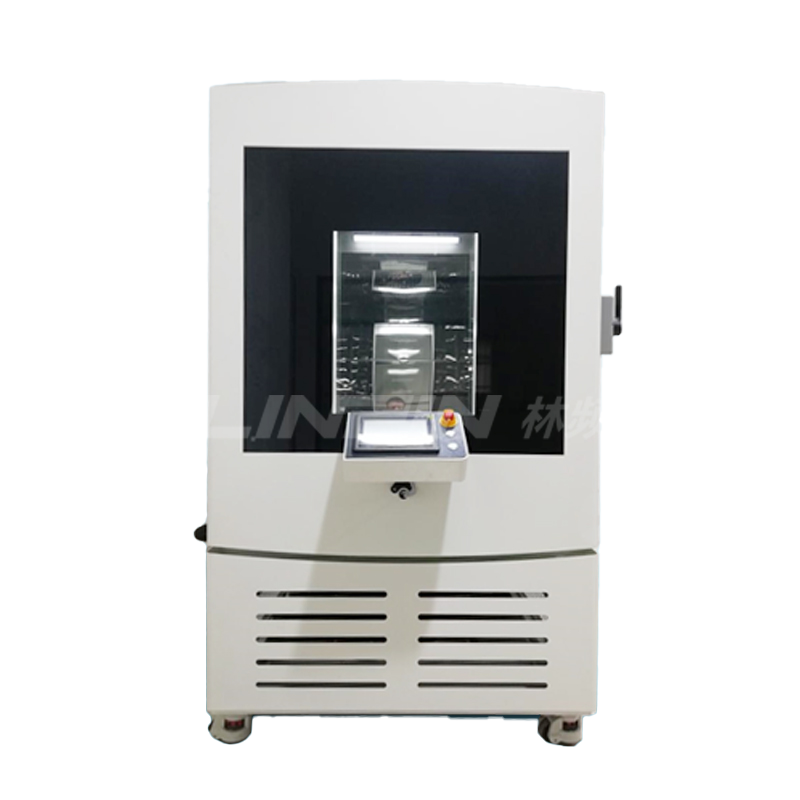

Improper operation of a formaldehyde test chamber may lead to equipment failure. To help users avoid operational errors, here are some important points to keep in mind when using the device.

Pre-Test Inspection and Preparation
Before testing, thoroughly inspect the formaldehyde test chamber to ensure all components are intact.
Prepare the device properly, such as filling the water tanks (add water to the high and low tanks to the specified levels, then tighten the water valve to prevent air leakage).
Powering On and System Initialization
After inspection, place the test sample inside the chamber as required.
Connect the power supply and turn on the corresponding switches.
Wait 15 seconds for the touchscreen to display the operating system (if no alarm appears, the water level is normal; otherwise, add water until the alarm stops).
Press the start button to begin the test.
Adjusting Gas Flow and Monitoring Water Level
Adjust the gas flow meter to 1 m³/h.
Observe the water level display—during simultaneous operation of the water pump and air pump, the water level should remain stable, fluctuating between the medium and high water level indicators.
Checking Fan Operation
Ensure the internal fan is running smoothly, as normal fan operation indicates the device is functioning correctly.
Temperature Control During Testing
If the ambient temperature exceeds 30°C, use air conditioning to cool the environment and prevent test result deviations (monitor relative humidity to avoid interference).
If the temperature drops below 10°C, use heating equipment to adjust conditions.
These are the key operational considerations for formaldehyde test chambers. Since many details can affect testing, users should troubleshoot issues based on actual conditions. As the saying goes, ”Details determine success or failure”—paying attention to small factors ensures accurate and reliable test results.